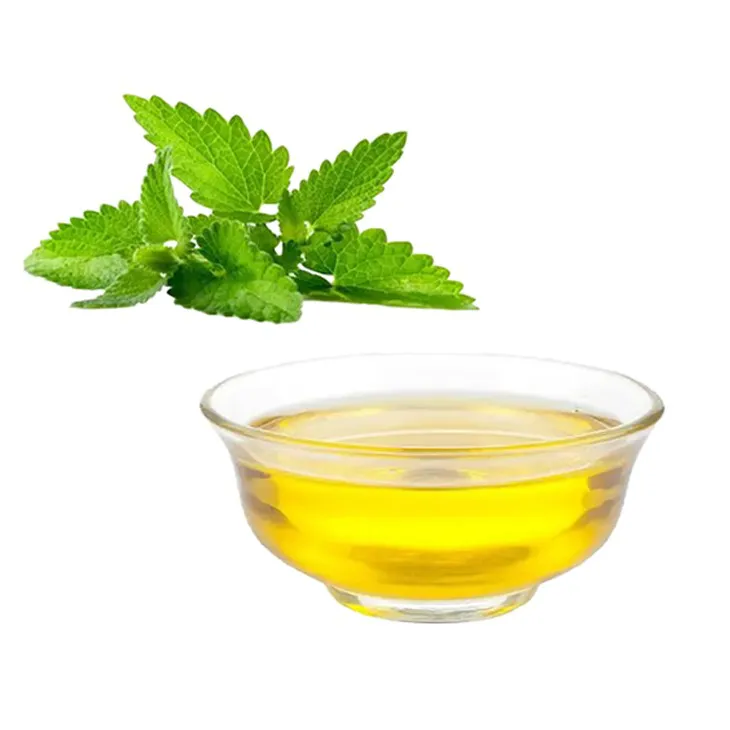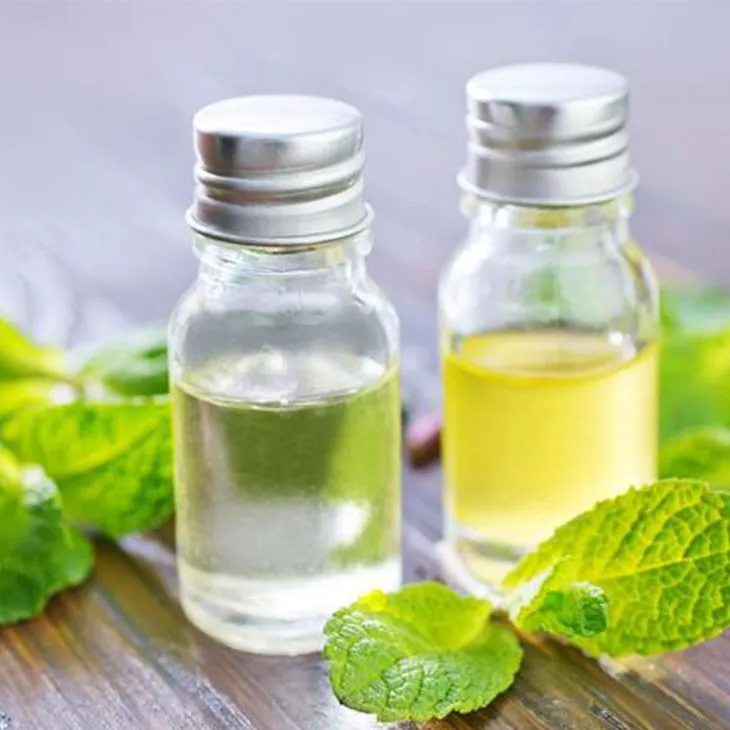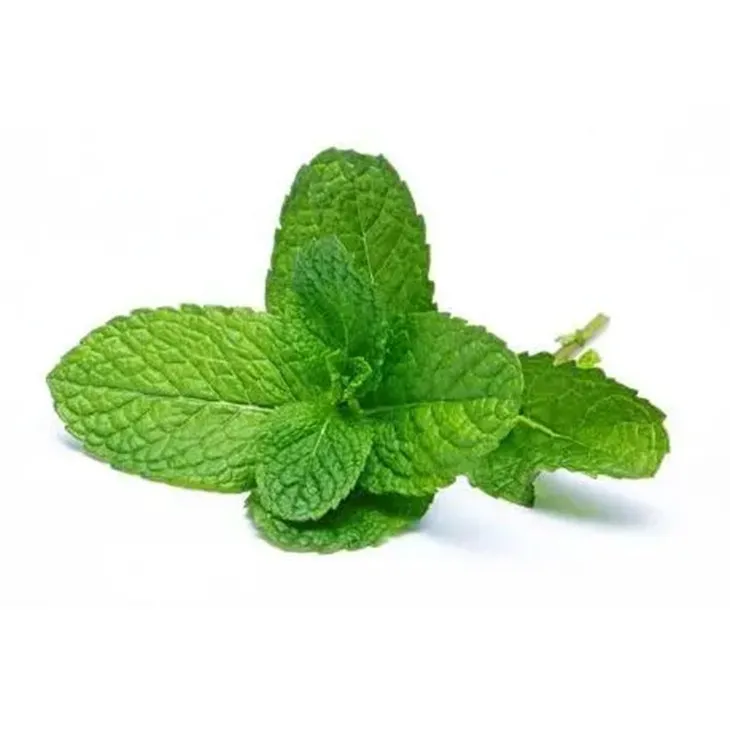- 0086-571-85302990
- sales@greenskybio.com
How to make powder with peppermint oil?
2024-11-30

1. Introduction
Peppermint Oil is a versatile and popular essential oil known for its refreshing aroma and various beneficial properties. It has been used in traditional medicine, cosmetics, and food for centuries. Transforming Peppermint Oil into a powder form can expand its applications and make it more convenient for certain uses. This article will guide you through the process of making powder from Peppermint Oil, including the necessary equipment, detailed steps, and the potential applications of the resulting powder in different fields such as cosmetics, food, and medicine.

2. Properties of Peppermint Oil
Peppermint oil is derived from the peppermint plant, Mentha piperita. It contains a high concentration of menthol, which gives it its characteristic cooling and soothing sensation. Menthol also has antibacterial, antifungal, and anti - inflammatory properties. In addition to menthol, peppermint oil contains other compounds such as menthone, methyl acetate, and limonene, which contribute to its aroma and potential health benefits.
The oil has a strong, refreshing scent that is often used in aromatherapy to relieve stress, improve concentration, and promote relaxation. In traditional medicine, it has been used to treat digestive problems, headaches, and respiratory ailments. In cosmetics, it can be used for its cooling and soothing effects on the skin, as well as for its pleasant aroma.

3. Necessary Equipment
3.1. Carrier Substances
To make a powder from peppermint oil, you will need a carrier substance. Common carrier substances include cornstarch, arrowroot powder, or kaolin clay. These substances are used to absorb the oil and create a dry, powdery consistency. Choose a carrier substance based on your intended use of the powder. For example, if you plan to use the powder in cosmetics, kaolin clay may be a good choice due to its skin - friendly properties. If you are making a powder for food applications, cornstarch may be more appropriate.
3.2. Mixing Tools
You will need some tools for mixing the peppermint oil and the carrier substance. A small mortar and pestle can be used for small - scale mixing. For larger quantities, a food processor or a blender may be more efficient. Make sure the mixing tools are clean and dry before use to avoid any contamination.
3.3. Storage Containers
Once the powder is made, you will need suitable storage containers. Airtight containers are essential to preserve the freshness and potency of the powder. Glass jars with tight - fitting lids are a good option, as they are non - reactive and can prevent the powder from absorbing moisture or odors from the environment.

4. Detailed Steps
4.1. Measuring the Ingredients
The ratio of peppermint oil to carrier substance will depend on the desired strength of the powder. As a starting point, you can use a ratio of 1 part peppermint oil to 3 - 5 parts carrier substance. For example, if you are using 1 teaspoon of peppermint oil, you will need 3 - 5 teaspoons of carrier substance. Measure the peppermint oil and the carrier substance accurately using measuring spoons or a scale.
4.2. Mixing the Peppermint Oil and Carrier Substance
If you are using a mortar and pestle, place the carrier substance in the mortar first. Then, add the peppermint oil drop by drop while grinding the mixture with the pestle. This will help the carrier substance to absorb the oil evenly. If you are using a food processor or a blender, add the carrier substance and the peppermint oil to the container and blend on a low speed until the mixture forms a uniform powder. Be careful not to over - blend, as this may cause the powder to become too fine or clumpy.
4.3. Adjusting the Consistency
If the powder is too oily, you can add more carrier substance and mix again. If it is too dry, you can add a small amount of peppermint oil. The goal is to achieve a smooth, dry powder that is easy to handle and has a consistent texture. You can test the consistency by rubbing a small amount of the powder between your fingers. If it feels greasy or sticky, it needs more carrier substance. If it feels too powdery and crumbly, it may need a little more peppermint oil.
4.4. Storing the Powder
Once you are satisfied with the powder, transfer it to an airtight storage container. Label the container with the contents and the date of preparation. Store the container in a cool, dry place away from direct sunlight. The powder should be used within a reasonable time frame, depending on the stability of the ingredients. For example, if you have used food - grade ingredients, follow the recommended shelf - life for those products.

5. Potential Applications in Cosmetics
Peppermint oil powder can be used in a variety of cosmetic products. It can be added to face powders, body powders, or bath powders for its refreshing scent and cooling effect on the skin. In face powders, it can also help to control oiliness and give a matte finish. The powder can be incorporated into DIY lip balms or lip scrubs for a minty flavor and a tingly sensation on the lips.
When using peppermint oil powder in cosmetics, it is important to ensure that the ingredients are safe for skin contact. Conduct a patch test on a small area of skin before using any new product containing the powder to check for any allergic reactions.
6. Potential Applications in Food
In food, peppermint oil powder can be used as a flavoring agent. It can be added to baked goods such as cookies, cakes, or muffins for a minty flavor. The powder can also be used to make peppermint - flavored sugar or salt by mixing it with regular sugar or salt. This can be used to sprinkle on top of desserts or savory dishes for an added flavor dimension.
However, when using peppermint oil powder in food, it is crucial to use food - grade ingredients and follow the appropriate regulations regarding the use of essential oils in food. Peppermint oil should be used in moderation, as excessive amounts can overpower the flavor of the dish and may cause digestive discomfort in some people.
7. Potential Applications in Medicine
Peppermint oil has long been used in traditional medicine for its various therapeutic properties. The powder form can be used to make herbal capsules or tablets for internal use, although this should be done under the guidance of a qualified healthcare professional. It can also be used in topical applications such as making a peppermint - powder - based ointment for relieving muscle pain, joint pain, or itching.
When using peppermint oil powder for medicinal purposes, it is essential to ensure the quality and purity of the ingredients. Additionally, people with certain medical conditions or who are taking medications should consult their doctor before using peppermint oil powder to avoid any potential interactions.
8. Conclusion
Making powder from peppermint oil is a relatively simple process that can open up a wide range of applications in cosmetics, food, and medicine. By carefully selecting the carrier substance, accurately measuring the ingredients, and following the proper mixing and storage procedures, you can create a high - quality peppermint oil powder. However, it is important to be aware of the potential uses and limitations of the powder in each application area and to take appropriate safety precautions when using it. Whether you are interested in creating your own natural cosmetics, adding a unique flavor to your food, or exploring the therapeutic benefits of peppermint oil, making it into a powder can be a useful and rewarding endeavor.
FAQ:
What are the properties of peppermint oil?
Peppermint oil has a strong minty aroma. It is volatile and contains various chemical components such as menthol, which gives it its characteristic cooling effect. It also has antimicrobial and anti - inflammatory properties.
What equipment is needed to make powder with peppermint oil?
You will need a blender or grinder to break down the substances. A sieve may be required to ensure a fine powder consistency. Additionally, containers for mixing and storing the powder are necessary.
What are the detailed steps to make powder from peppermint oil?
First, select a suitable base material such as a starch or a powdered carrier. Then, slowly add a small amount of peppermint oil to the base material while mixing. Use the blender or grinder to thoroughly combine them until a uniform powder is formed. Make sure to follow proper safety precautions as peppermint oil can be irritating in concentrated form.
What are the potential applications of peppermint oil powder in cosmetics?
In cosmetics, peppermint oil powder can be used for its refreshing scent. It can be added to face masks, body scrubs, or lip balms to provide a cooling sensation and a pleasant smell. It may also have some skin - soothing properties due to the nature of peppermint oil.
What are the potential applications of peppermint oil powder in food?
Peppermint oil powder can be used as a flavoring agent in food. It can be added to baked goods like cookies or cakes for a minty flavor. It may also be used in confectionery items or in some savory dishes to add a unique taste.
Related literature
- Peppermint Oil: Properties and Applications"
- "The Science of Making Powders from Essential Oils"
- "Peppermint Oil in Cosmetics: A Comprehensive Review"
- ▶ Hesperidin
- ▶ Citrus Bioflavonoids
- ▶ Plant Extract
- ▶ lycopene
- ▶ Diosmin
- ▶ Grape seed extract
- ▶ Sea buckthorn Juice Powder
- ▶ Fruit Juice Powder
- ▶ Hops Extract
- ▶ Artichoke Extract
- ▶ Mushroom extract
- ▶ Astaxanthin
- ▶ Green Tea Extract
- ▶ Curcumin
- ▶ Horse Chestnut Extract
- ▶ Other Product
- ▶ Boswellia Serrata Extract
- ▶ Resveratrol
- ▶ Marigold Extract
- ▶ Grape Leaf Extract
- ▶ New Product
- ▶ Aminolevulinic acid
- ▶ Cranberry Extract
- ▶ Red Yeast Rice
- ▶ Red Wine Extract
-
Tinospora cordifolia extract
2024-11-30
-
Hesperidin
2024-11-30
-
Buckthorn bark extract
2024-11-30
-
Lemon Juice Powder
2024-11-30
-
Sophora Japonica Flower Extract
2024-11-30
-
Green Tea Extract
2024-11-30
-
Beetroot Powder
2024-11-30
-
Red Date Extract
2024-11-30
-
Beetroot juice Powder
2024-11-30
-
Kupilu Extract
2024-11-30





















